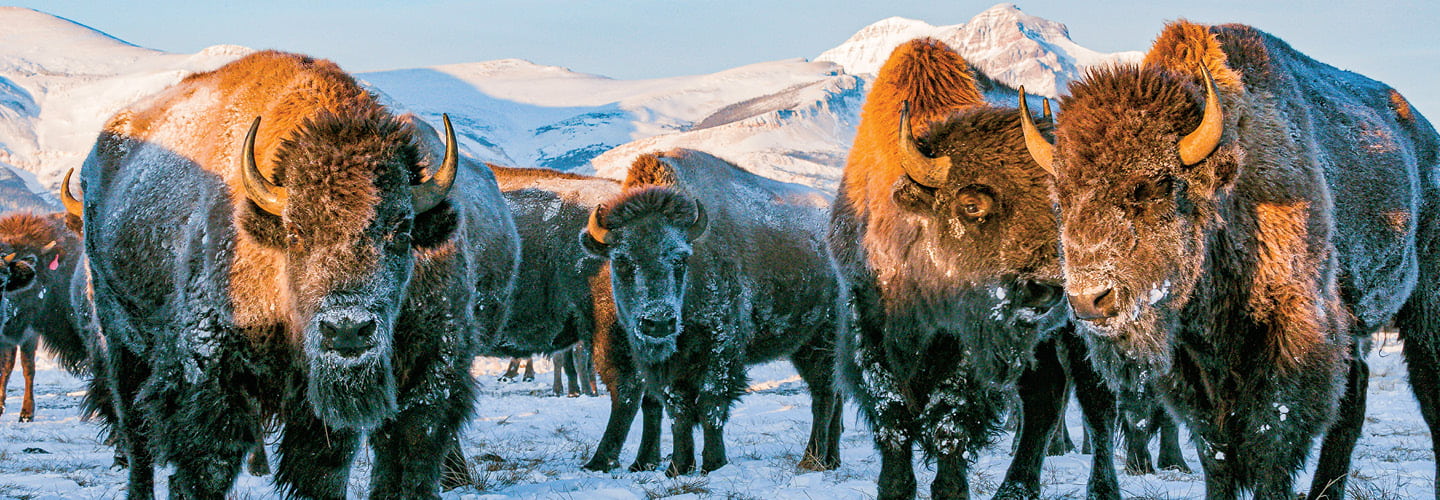The ground rumbles like thunder. A cloud of dust rises in the distance. It’s not a storm. It’s a herd of bison, stampeding across the prairie.
This is the Fort Peck Reservation in northern Montana, home to the Dakota and Nakoda people. The reservation manages a herd of 340 wild bison and is working with other Native nations, the National Park Service, and conservation groups to bring more of these iconic mammals back to the wild.
The ground rumbles like thunder. A cloud of dust rises in the distance. It’s not a storm. It’s a herd of bison stampeding across the prairie.
This is the Fort Peck Reservation in northern Montana, home to the Dakota and Nakoda people. The reservation manages a herd of 340 wild bison. It’s now working with other Native nations, the National Park Service, and conservation groups to bring more of these iconic mammals back to the wild.

